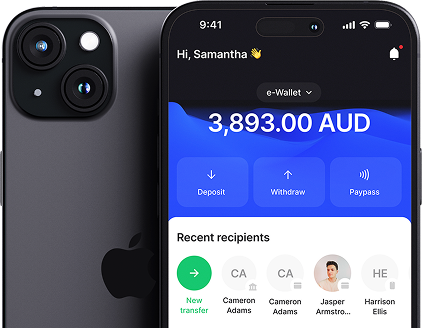Mid-Market Exchange Rates: Sending Money Overseas
18 June 2025

If you’re sending money abroad from Europe, you know the exchange rate can seriously affect your transfers. Generally speaking, it’s best to transfer funds at a rate as close as possible to the mid-market exchange rate. This is the fairest rate reflecting the real value between two currencies.
What Is the Mid-Market Exchange Rate and Why Is It Important?
Often called the interbank rate, the mid-market exchange rate is the midpoint between the buying (bid) and selling (ask) prices in the currency market. Big banks and financial institutions use this rate when trading currencies among themselves. Knowing the mid-market rate helps you spot how much extra you might be paying when sending money internationally. Many banks and money transfer companies add a margin on top of this rate for profit.
The mid-market rate is widely considered the most “neutral” or “fair” rate available, although it’s not a fixed number. It can, in fact, vary slightly depending on the data source and market movements.
How Can You Find the Mid-Market Exchange Rate?
Finding the current mid-market exchange rate is straightforward. You can simply perform a quick Google search or check a reputable currency converter. Armed with this knowledge, you can compare the rates your bank or money transfer provider offers and decide if you’re getting a good deal.
If you want better exchange rates than most banks typically provide, it’s worth looking at specialist money transfer services that are transparent about fees and exchange rates. You want to know exactly what you’re paying before sending your money. Use companies like e-Pocket.
What Does “Currency Pair” Mean?
Every foreign exchange transaction involves two currencies — a currency pair. For example, if you’re sending money from the UK to France, the currency pair is GBP/EUR. The amount you send in one currency is converted into the other currency based on the current exchange rate for that pair.
What Affects the Mid-Market Exchange Rate?
The mid-market rate is primarily driven by supply and demand. Economic factors such as interest rates, inflation, political stability, and overall economic health of countries influence how exchange rates fluctuate.
While it’s possible to analyse these factors to spot trends, predicting exact currency movements remains difficult due to the many variables at play.
What Is the Bid-Ask Spread?
You’ll often see two prices quoted for currency exchanges: the bid price (what buyers are willing to pay) and the ask price (what sellers want). The difference between these is called the bid-ask spread. The mid-market rate sits roughly in the middle.
Thanks to improvements in online trading and electronic markets, bid-ask spreads have narrowed over time, meaning exchange rates are now more competitive than ever.
Why Understanding Mid-Market Rates and Spreads Matters for European Money Transfers
Knowing the mid-market exchange rate and the bid-ask spread can help you avoid hidden fees when sending money internationally. By comparing your bank or transfer provider’s rate to the mid-market rate, you can see if you’re getting a fair deal.
Shopping around for the best exchange rate can save you a significant amount, especially if you send money regularly. Log in to your e-Pocket account now to transfer money overseas, or create an account to get started.


